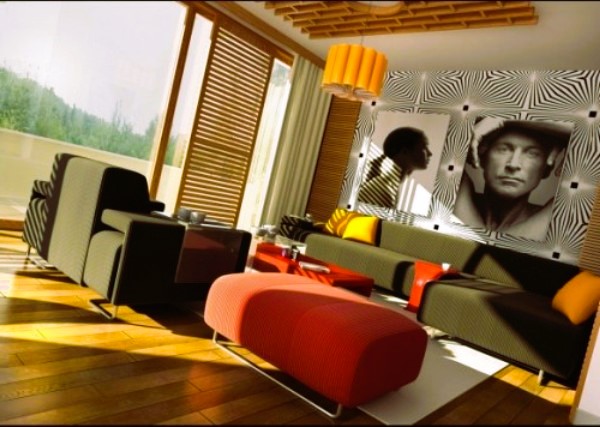Natural light is an essential element in architectural design, as it has the power to transform a space and greatly impact the well-being of its occupants. Incorporating effective strategies to maximize natural light can result in brighter, more inviting spaces that promote productivity, comfort, and overall wellness. In this article, we will explore various design strategies that can be employed to harness the potential of natural light and create stunning interiors.
- Orientation and Layout
One of the primary considerations when designing for natural light is the orientation and layout of the space. By carefully positioning windows, skylights, and openings, architects can optimize the amount of sunlight entering the building. South-facing windows tend to receive the most sunlight throughout the day, while north-facing windows provide more consistent but less intense light. East-facing windows capture the morning light, while west-facing windows receive the warm afternoon sunlight.

Additionally, the layout of the space should be planned to allow for efficient distribution of natural light. Open floor plans, where possible, help light to travel further into the interior, reducing the need for artificial lighting during the day. Consideration should also be given to avoiding excessive shading from adjacent buildings or natural features, which can obstruct the flow of light.
- Window Design
The design of windows plays a crucial role in maximizing natural light. Larger windows or floor-to-ceiling glazing can flood a space with daylight, creating a seamless connection between the indoors and outdoors. Picture windows, bay windows, and corner windows are effective in capturing expansive views and bringing in abundant natural light.
To control the intensity of light and minimize glare, various window treatments can be employed. Sheer curtains, blinds, or light-filtering shades can diffuse the light and create a softer, more pleasant ambiance. Alternatively, adjustable louvers or shading devices can be incorporated to allow for flexibility in managing the amount of light entering the space.
- Reflective Surfaces
Introducing reflective surfaces into the design can significantly enhance the natural light within a space. Mirrors, glass partitions, and glossy finishes can bounce light around, maximizing its reach and creating a sense of depth. Strategically placing mirrors opposite windows or in darker areas of a room can amplify the light and create an illusion of larger, brighter spaces.
When choosing finishes and materials, lighter colors and reflective surfaces should be preferred. Light-colored walls, ceilings, and floors have higher light reflectance values and can help distribute natural light more effectively. Glossy or satin-finish paints can add a subtle sheen to surfaces, amplifying the brightness. Transform your home with new windows, read more in the article about Improving attractiveness.
- Interior Layout and Furniture Placement
The arrangement of furniture and interior layout can impact the distribution of natural light within a space. Bulky furniture or partitions should be avoided in areas where light is intended to penetrate. Opt for open shelving, lightweight furniture, or translucent dividers that allow light to pass through. This way, natural light can reach deeper into the room, creating a more luminous and airy environment.
In multi-story buildings, the design should consider incorporating light wells or atriums that allow light to penetrate through the floors, ensuring that even the interior spaces receive ample daylight.
- Daylighting Systems
In addition to traditional windows, incorporating innovative daylighting systems can further maximize natural light. Light tubes, also known as sun tunnels or skylights, can channel sunlight from the roof into interior spaces that are otherwise difficult to illuminate. These systems are particularly useful in areas with limited access to exterior walls or where privacy is a concern.

Light shelves or light-reflecting louvers can be installed outside windows to bounce sunlight deeper into the room while minimizing direct glare. Clerestory windows, positioned high on walls, can allow for controlled daylight penetration while maintaining privacy.
Conclusion
Maximizing natural light through thoughtful design strategies can transform spaces, creating brighter, more inviting environments that enhance the well-being of occupants. By considering orientation, window design, reflective surfaces, interior layout, and incorporating innovative daylighting systems, architects and designers can harness the power of natural light to create spaces that promote productivity, comfort, and overall wellness. The benefits of well-lit spaces extend beyond aesthetics, positively impacting our mood, health, and productivity. So, let natural light be the guiding force in your design process, and watch as it illuminates your spaces with a radiant glow.
